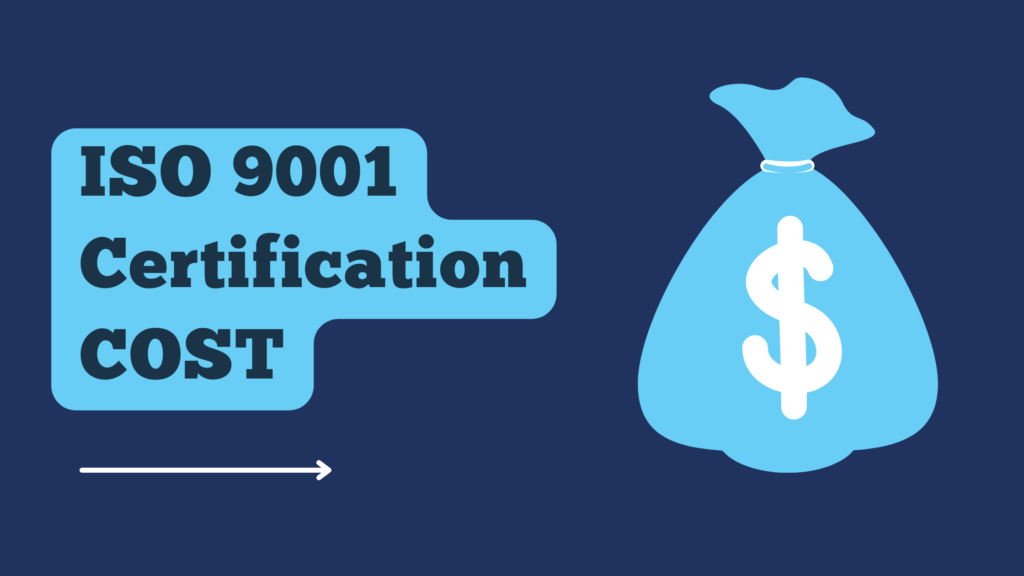Clause 4.4 Quality management system and its processes – The Elaboration
Clause 4.4 Quality management system and its processes focus on the implementation of the “process approach”. So if you follow and implement from sub-clause 4.4.1 “a” till 4.4.1 “h”, it means that you have implemented the process approach.

Here we will try to explain all points defined in this clause one by one. Below I have put the clause words in bold/italic while the elaboration is in simple text.
The standard says that the “organization shall determine the processes needed for the quality management system” which means every process of QMS must be identified.
The point to be noted here is the word “shall” which means that whatever we are reading beyond this point is a mandatory requirement.
Moreover, the processes which you will identify must have the qualities which are described below from sub-clause 4.4.1 “a” till 4.4.1 “h”,
a) Determine the inputs required and the outputs expected from these processes;
“Every action has a reason!” In a Quality Management System if you are doing something you must determine the inputs and outputs of the process.
“Input required” means to define what the steps to be taken or resources to be employed, while “outputs expected” means what is the end result organization has in mind regarding that process.
Focus on “value addition” if any process is not adding any value then that process must not be part of the QMS.
b) Determine the sequence and interaction of these processes;
The next step is you have to determine the interaction, how one process is connected to another process, and so on. This part of the clause can be fulfilled by making a detailed process flow chart in which one can easily represent the interaction visually.
Moreover, process maps and quality plans can also show the interaction between processes of a QMS.
c) Determine and apply the criteria and methods (including monitoring, measurements, and related performance indicators) needed to ensure the effective operation and control of these processes;
Once the outputs are defined along with the sequence of interaction, then you have to identify the performance and monitoring indicators.
This means that you have to define criteria for each process upon which you will grant it as a complete or incomplete, right or wrong process.
d) Determine the resources needed for these processes and ensure their availability;
By resources, we mean all resources like finance, infrastructure, human resources, raw material, etc. While determining each process one must be able to define the resources needed for each of the processes and sub-process.
Moreover, the resources must not only be determined but also it must be made available for smooth operations.
Furthermore, we have already defined the cost of ISO 9001 certification in the previous article here for better understanding.
e) Assign the responsibilities and authorities for these processes;
Someone has to do the job! Someone must run the process from A to B. The roles and responsibilities must be clearly defined so everyone must know what they have to do and how! This means that with each process the people responsible must be identified.
f) Address the risks and opportunities as determined following the requirements of clause 6.1;
Find out the risk and opportunities associated with all procedures and then address them accordingly. You can do this by mitigating them or using them to improve the system.
g) Evaluate these processes and implement any changes needed to ensure that these processes achieve their intended results;
Processes defined will be continuously verified against a set of criteria or performance indicators and in case any changes are required those changes will be implemented to achieve the intended results of the process. In simple words, if any process is not bringing the intended result it will be altered.
h) Improve the processes and the quality management system.
Hence, after altering the process the quality management system will be improved and this is what we have to do. But before altering the process we have to follow another requirement which is called “management of change” or “change management”, we will discuss it later on when discussing clause 6.3.
Moving forward, clause 4.4.1 describes that organizations have to “maintain” the documented information of the processes, interactions, controls, resources, and roles which they have defined in 4.4.1. This can include:
- process flow charts,
- production planning and execution record,
- process monitoring like quality inspections, inspection record of quality parameters, line inspection,
- job descriptions and organization charts,
- risk assessments, etc.
Moreover, in addition to maintaining the document, they will also be “retained” for future reference and correspondence.
The point of concern here is that the standard used the word “to the extent necessary” which means that maintaining and retaining the documented information related to all the above-mentioned requirements is under the jurisdiction of the organization if an organization decides that any documentation is necessary to prove the process or quality then it must be prepared.
Conclusion – 4.4 Quality management system and its processes
Clause 4.4 Quality management system and its processes define all the qualities of a perfect process. The “processes” must be clearly defined with clear inputs and outputs, along with sequencing, showing interactions. These procedures must be equipped with performance monitoring criteria, resources required, and the risk associated. And roles and responsibilities of these processes must be defined and last but not least they will be evaluated and if required can be changed or altered.



